Moniqui is an excellent white apricot for mid-atlantic
Scott F Smith
11 years ago
Related Stories
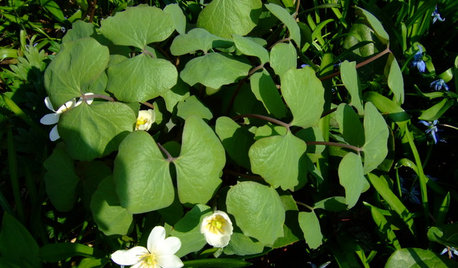
GARDENING GUIDESGreat Design Plant: Jeffersonia Diphylla
The long-lasting foliage of this eastern North American native excels at filling in a shady garden
Full Story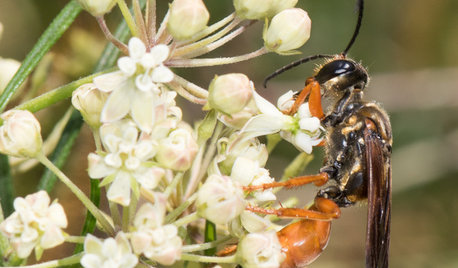
GARDENING GUIDESGreat Design Plant: Asclepias Verticillata
Plant whorled milkweed in dry central and eastern U.S. gardens to attract monarch butterflies and other insect pollinators
Full Story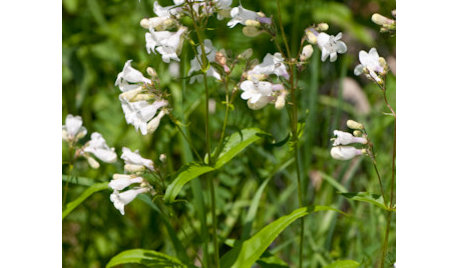
GARDENING GUIDESGreat Design Plant: Try Penstemon Digitalis for Showy White Blooms
Bees gather nectar from this North American native while you’ll appreciate its unthirsty nature and soil tolerance
Full Story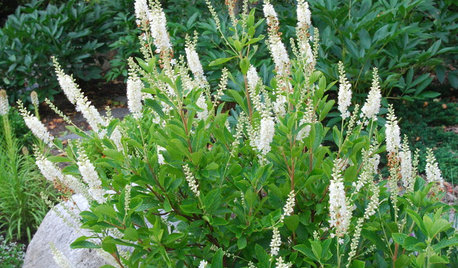
GARDENING GUIDESGreat Design Plant: Coastal Sweet Pepperbush Perfumes Gardens All Year
Bottlebrush blooms, gorgeous fall color and delightful fragrance give this U.S. native shrub 4-season appeal
Full Story
GARDENING GUIDESPrunus Virginiana Thrives Under Deciduous Trees
Plant chokecherry for showy white flowers favored by native bees in spring, and to provide nesting habitat and food for birds
Full Story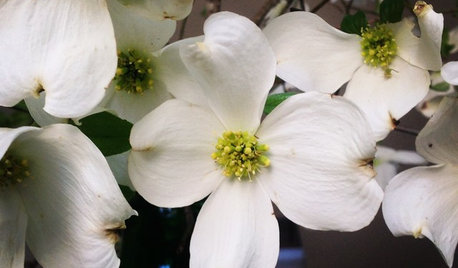
GARDENING GUIDESGreat Design Plant: Cornus Florida Benefits Wildlife
Flowering dogwood provides fiery red foliage in fall and beautiful springtime blooms
Full Story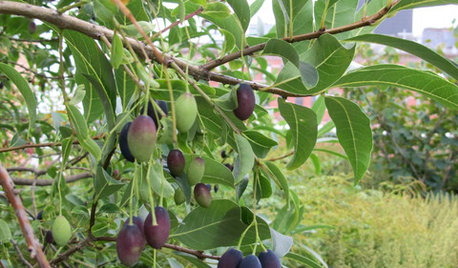
GARDENING GUIDESGreat Design Plant: Chionanthus Virginicus
Lacy flowers cover native white fringetree in spring, and birds feed off its berries in winter
Full Story
TREESGreat Design Plant: Downy Serviceberry
Plant this sculptural tree in fall or spring for year-round interest and graceful beauty
Full Story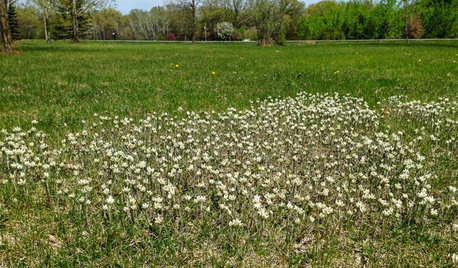
GARDENING GUIDESGreat Design Plant: Antennaria Neglecta
Plant field pussytoes in midwestern and eastern U.S. rock gardens for early-spring flowers and silver foliage
Full Story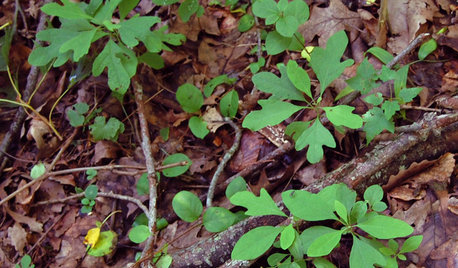
GARDENING GUIDESGreat Design Plant: Sassafras Albidum
This eastern native tree has beautiful foliage, a spicy aroma and a rich history
Full Story






persianmd2orchard
persianmd2orchard
Related Professionals
Camas Landscape Architects & Landscape Designers · Forest Park Landscape Architects & Landscape Designers · Hyattsville Landscape Architects & Landscape Designers · Rossville Landscape Architects & Landscape Designers · Cicero Landscape Contractors · Corona Landscape Contractors · Fort Payne Landscape Contractors · Fridley Landscape Contractors · Hayward Landscape Contractors · Lorain Landscape Contractors · Post Falls Landscape Contractors · Raleigh Landscape Contractors · Rochester Landscape Contractors · Wanaque Landscape Contractors · Wethersfield Landscape ContractorsScott F SmithOriginal Author
persianmd2orchard
persianmd2orchard
Scott F SmithOriginal Author
persianmd2orchard
Scott F SmithOriginal Author
persianmd2orchard
Scott F SmithOriginal Author
persianmd2orchard
persianmd2orchard
persianmd2orchard
alan haigh
Scott F SmithOriginal Author
john_in_sc
Scott F SmithOriginal Author